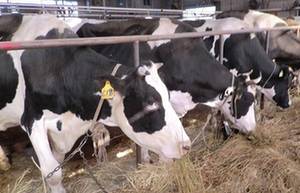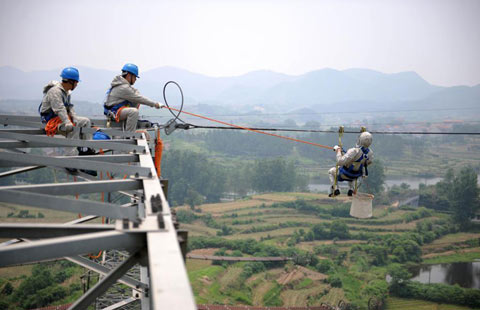US hay feeds Chinese demand
By Jack Freifelder (China Dialy) Updated: 2014-06-17 08:22China, which accounts for nearly 20 percent of all US farm exports, with a value of $144 billion in 2013, is already a large buyer of corn, cotton, soybeans and wheat from the US.
Agricultural exports from the US to China reached $26.7 billion in 2013.
"The (Chinese) government policy is to increase milk production, and in order to do that, they need high-quality forage," said Dan Undersander, a forage agronomist at the University of Wisconsin. "Our advantage has been consistent, high-quality hay, but the other advantage is it's very inexpensive to ship hay to China."
Undersander, who has worked in China, said he's "not surprised at all" by China's interest in US forage.
"To the extent that the policy is to continue to encourage dairy production in China, there will be a significant need for alfalfa," he said.
"China seems to be on this growth approach, growing each year steadily, which really helps the industry evolve and develop at a much stronger pace," said Adam Lyerly, an export sales manager with El Toro Export LLC in El Centro, California.
"Our goal is to have our brand come across as something people can rely on, and we continue to take that approach in our business in China," Lyerly said.
|
 |
 |
| Different kind of milk crisis: Not enough local feed for dairies | Sinograin looks at overseas deals to feed demand |

















